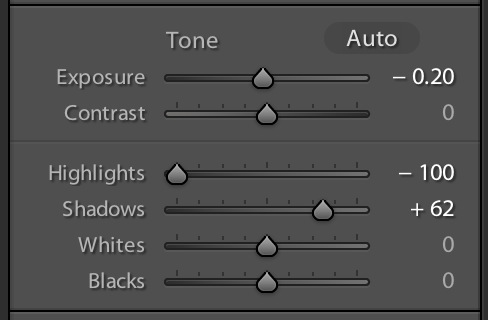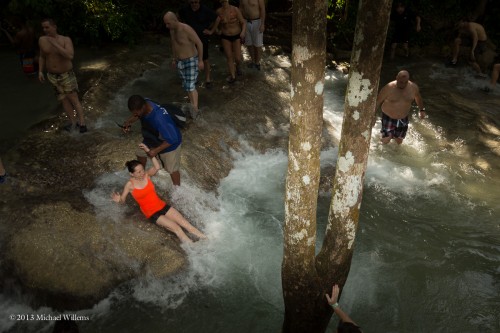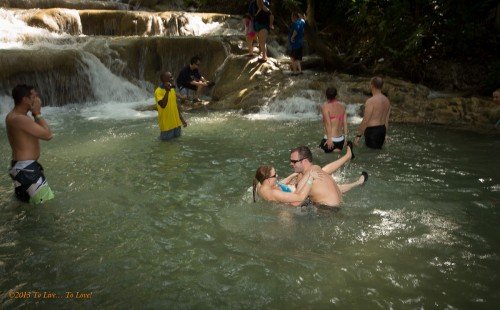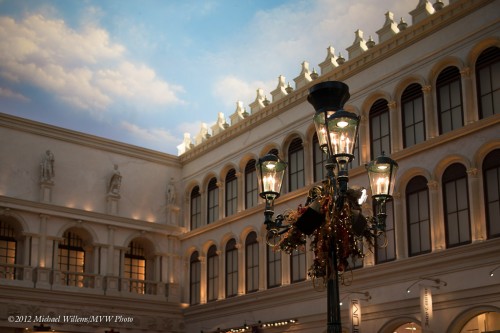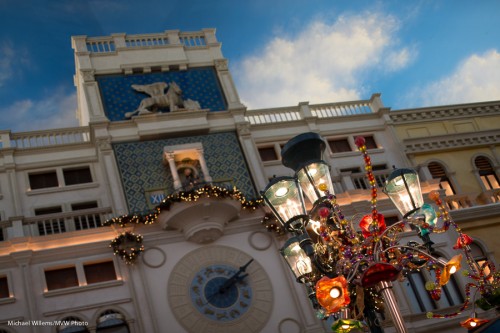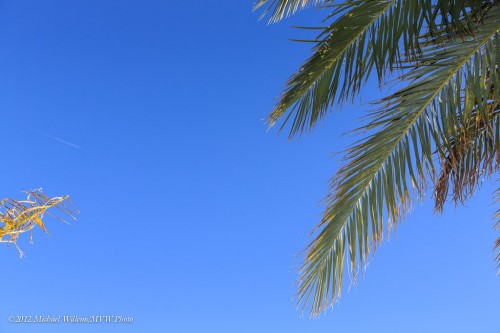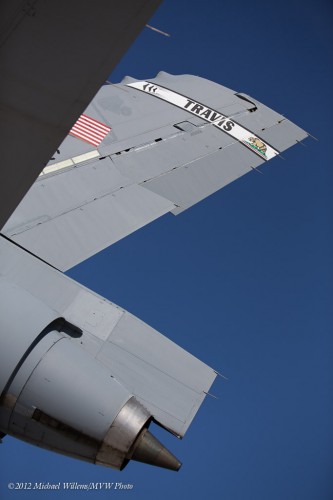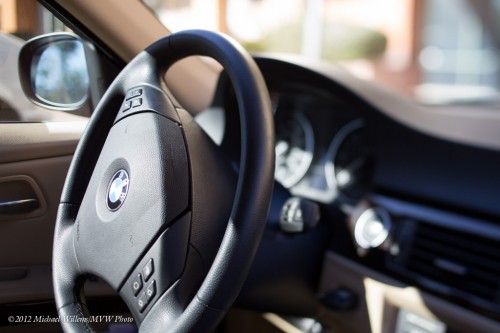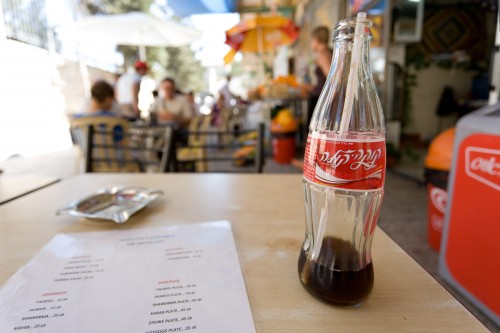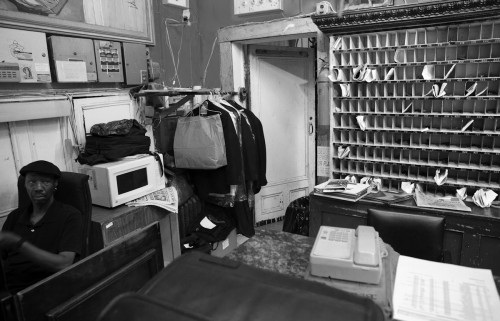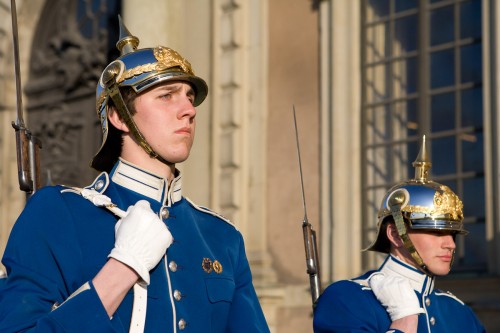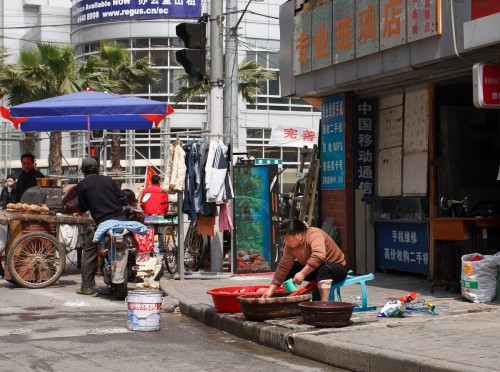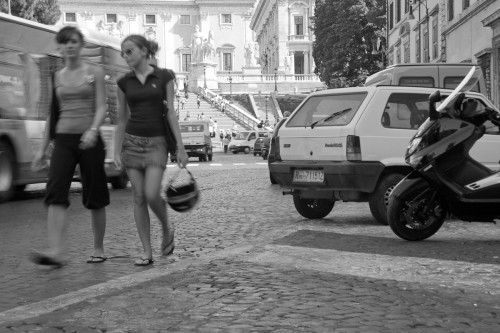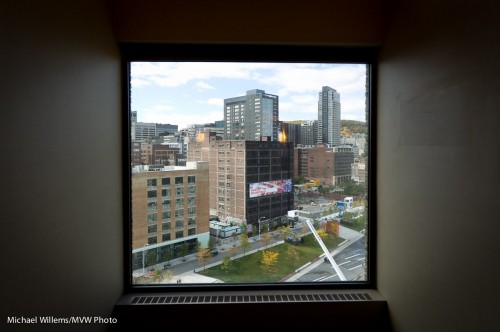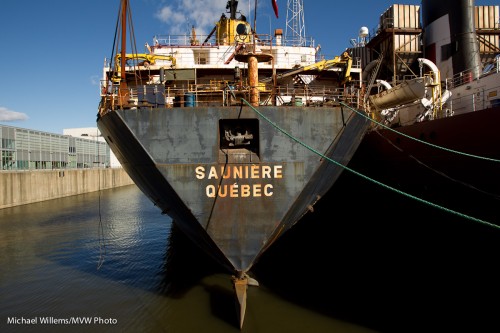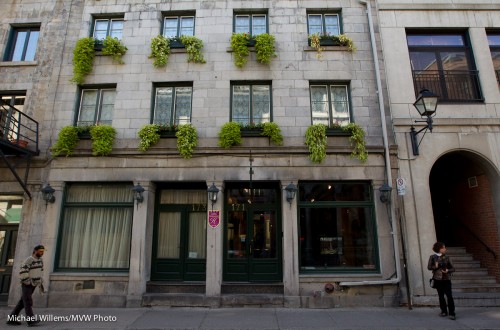An oldie here. This is the marina at Port Credit, shot from an Air Canada aircraft about to land at YYZ (Toronto’s Lester B. Pearson airport):
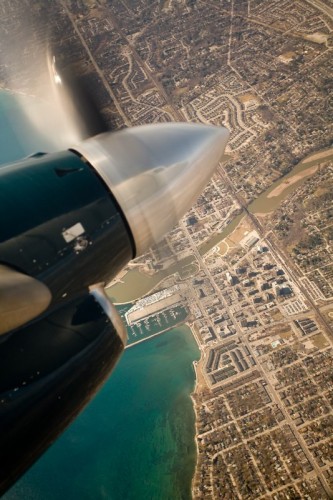
How do you take such a picture?
Mainly by being ready.
- My camera does not live in a bag – it lives underneath the seat in front of me.
- I do not have a lens cap on the lens – but I do have a lens hood.
- I do not turn the camera off, I just let it time out.
So when the aircraft turns, I grab my camera, set it to a wider angle in order to be immune from shake and to get extended depth of field. I do not want it too extended (window imperfections should be out of focus), and I do not want a very small aperture since that would lead to a slow shutter.
Then I get as close to the window as I can without actually touching it, and shoot. I check my work regularly, and if exposure needs adjustment, I adjust.
When the nice cabin attendant lady says “put that away, sir”, I put it away. Until she is gone. A camera will not endanger a plane (but I will put it away just before landing in case of a hard landing).
This image shows that it’s not over til it’s over. Keep your camera at hand at all times, and you will get some surprising shots.



